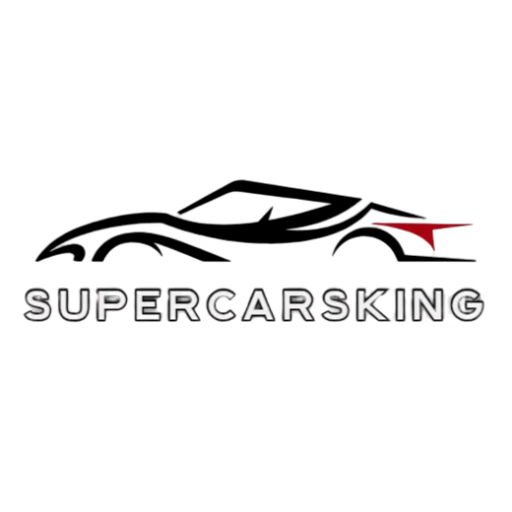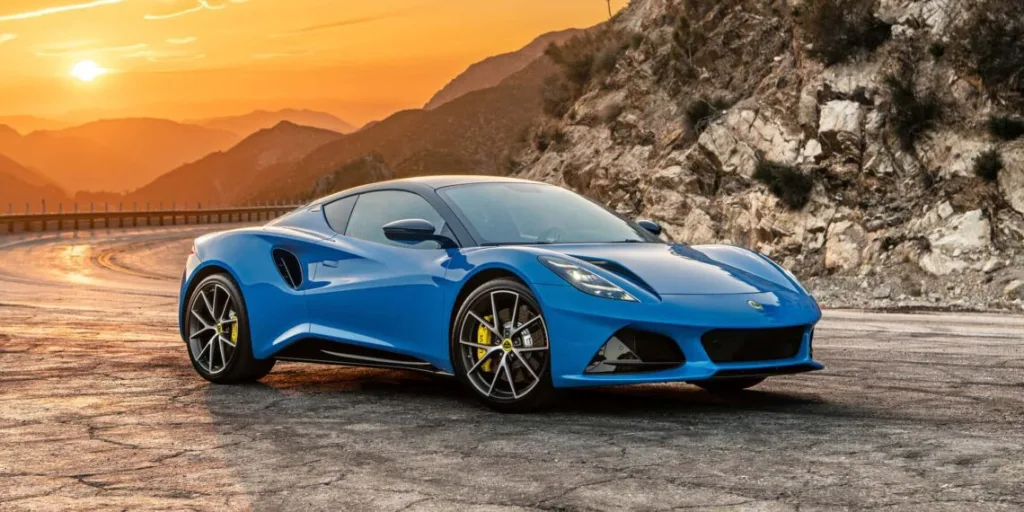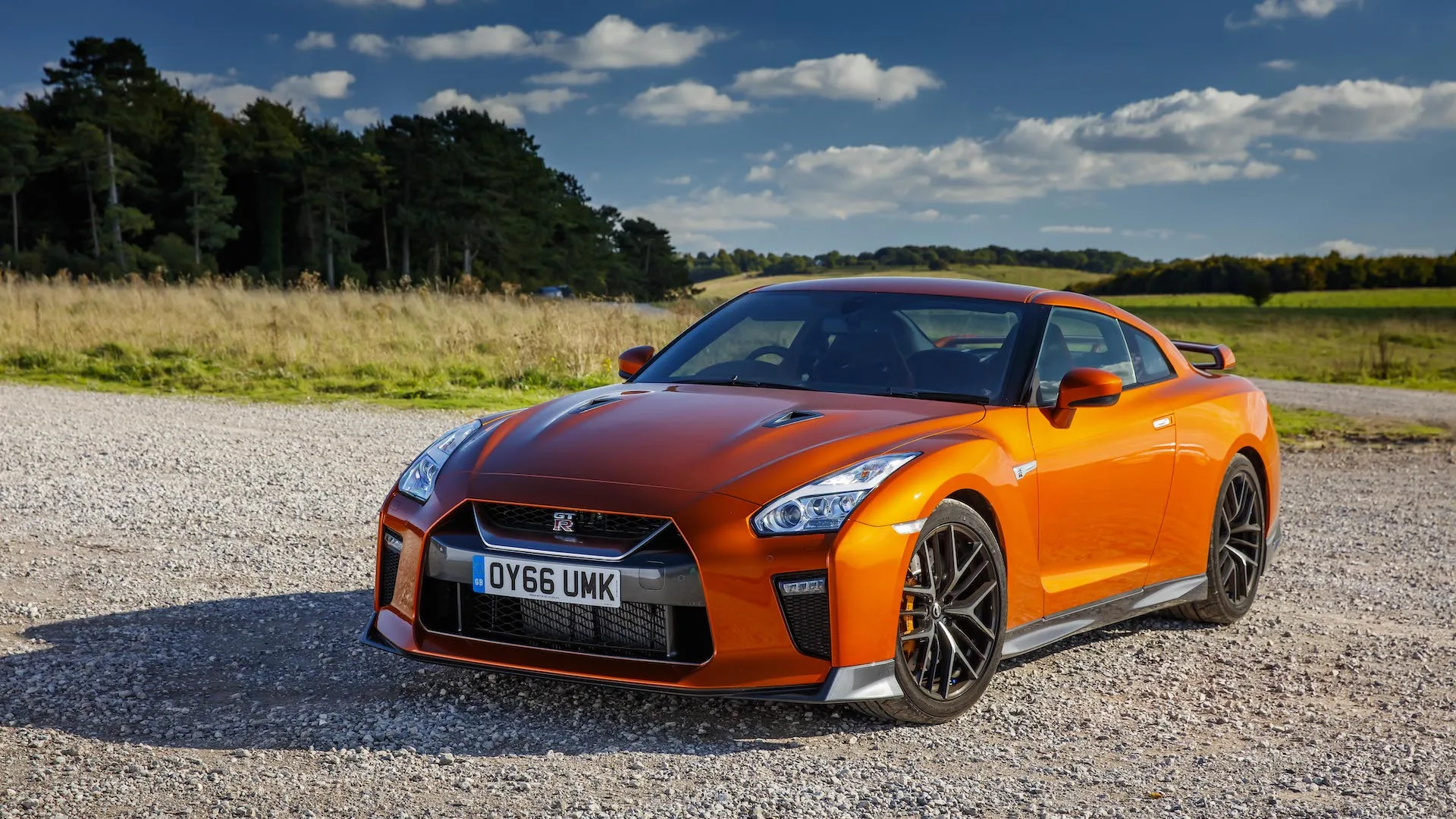Introduction
For most people, the term supercar evokes images of sleek, exotic machines with six-figure price tags and the kind of performance numbers that rival fighter jets. Supercars have long been seen as the pinnacle of automotive design and engineering—fast, rare, and unattainable to all but the wealthiest enthusiasts. Their appeal is undeniable: jaw-dropping acceleration, precision handling, and sculpted designs that turn heads on any road. But what if that experience didn’t have to come with a mansion-sized mortgage?
Enter the idea of the cheapest supercar—a machine that offers genuine supercar thrills at a fraction of the traditional price. It’s a concept that seems almost contradictory: how can a car be both super and cheap? But in recent years, automotive innovation, smarter engineering, and shifting market demands have made this a reality. A new breed of performance cars has emerged, offering supercar-level excitement without requiring a billionaire’s bank account.
This article explores what truly defines a supercar and investigates how certain models have managed to deliver that experience at a significantly lower cost. We’ll dive into both modern and historical examples, examine ownership realities, and ultimately identify the most compelling option for those looking to get behind the wheel of the cheapest true supercar in 2025.
What Makes a Supercar?
Before we can identify the cheapest supercar, we need to clarify what makes a car a “supercar” in the first place. The term is often thrown around loosely, but it typically refers to a very specific set of characteristics that go beyond speed alone.
1. Performance
At the core of every supercar is performance—acceleration, top speed, cornering grip, and braking ability. Most supercars reach 60 mph in under 4 seconds, have top speeds well over 180 mph, and are designed with racetrack-level dynamics.
2. Design and Engineering
Supercars feature exotic, aerodynamic designs and cutting-edge materials like carbon fiber and aluminum. Their engines are usually mounted mid-rear for optimal balance, and their shapes are engineered for speed and drama alike.
3. Exclusivity
Production numbers are typically lower, contributing to a sense of rarity and desirability. Driving a supercar means turning heads wherever you go—not just because of how fast it is, but because of how it looks and sounds.
4. Price
Traditionally, supercars have also been expensive, often starting in the $200,000+ range and going much higher from there. However, price alone isn’t the defining factor. A vehicle could be expensive but still lack the dynamics or presence of a true supercar.
The challenge, then, is finding a car that meets these criteria without the usual six-figure cost. Believe it or not, such cars do exist—and they are redefining what it means to own a supercar.
Affordable Legends: A Historical Look at Budget-Friendly Supercars
While the idea of an affordable supercar seems like a modern invention, automotive history shows that enthusiasts have long been seeking high-performance machines that don’t break the bank.
Acura NSX (1990–2005)

Honda’s engineering marvel, the Acura NSX, debuted in 1990 as Japan’s answer to Ferrari. With a mid-engine V6, lightweight aluminum body, and superb handling, the NSX offered Ferrari-like performance and styling with Honda reliability. It changed how people viewed exotic cars—you could daily drive a supercar.
Lotus Esprit
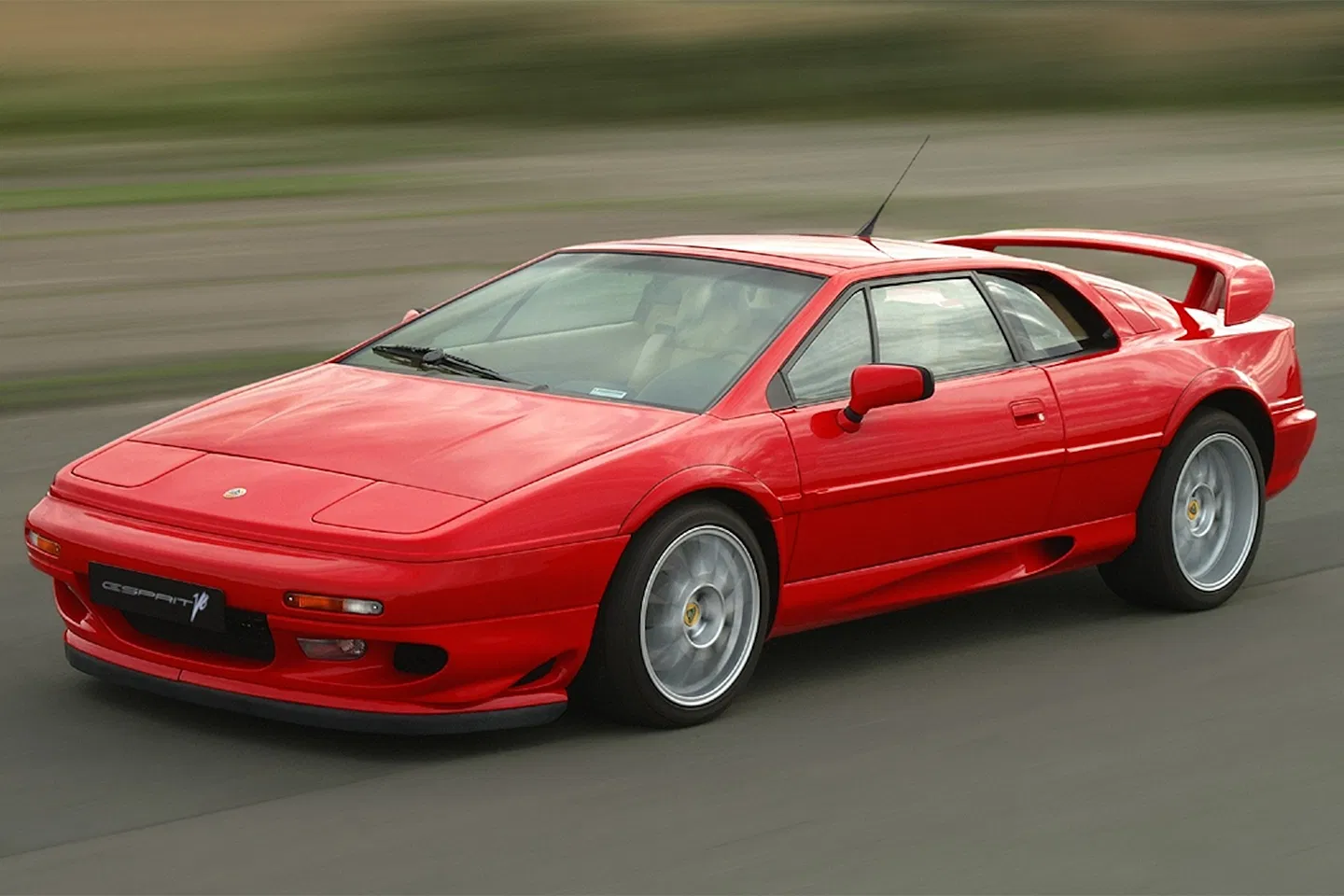
The Esprit was Lotus’s flagship sports car from the 1970s to the early 2000s. With a mid-engine layout and iconic wedge-shaped styling, the Esprit had the looks and balance of a true exotic. It never reached Ferrari power levels but made up for it with agility and simplicity.
Porsche 911 (Classic Models)
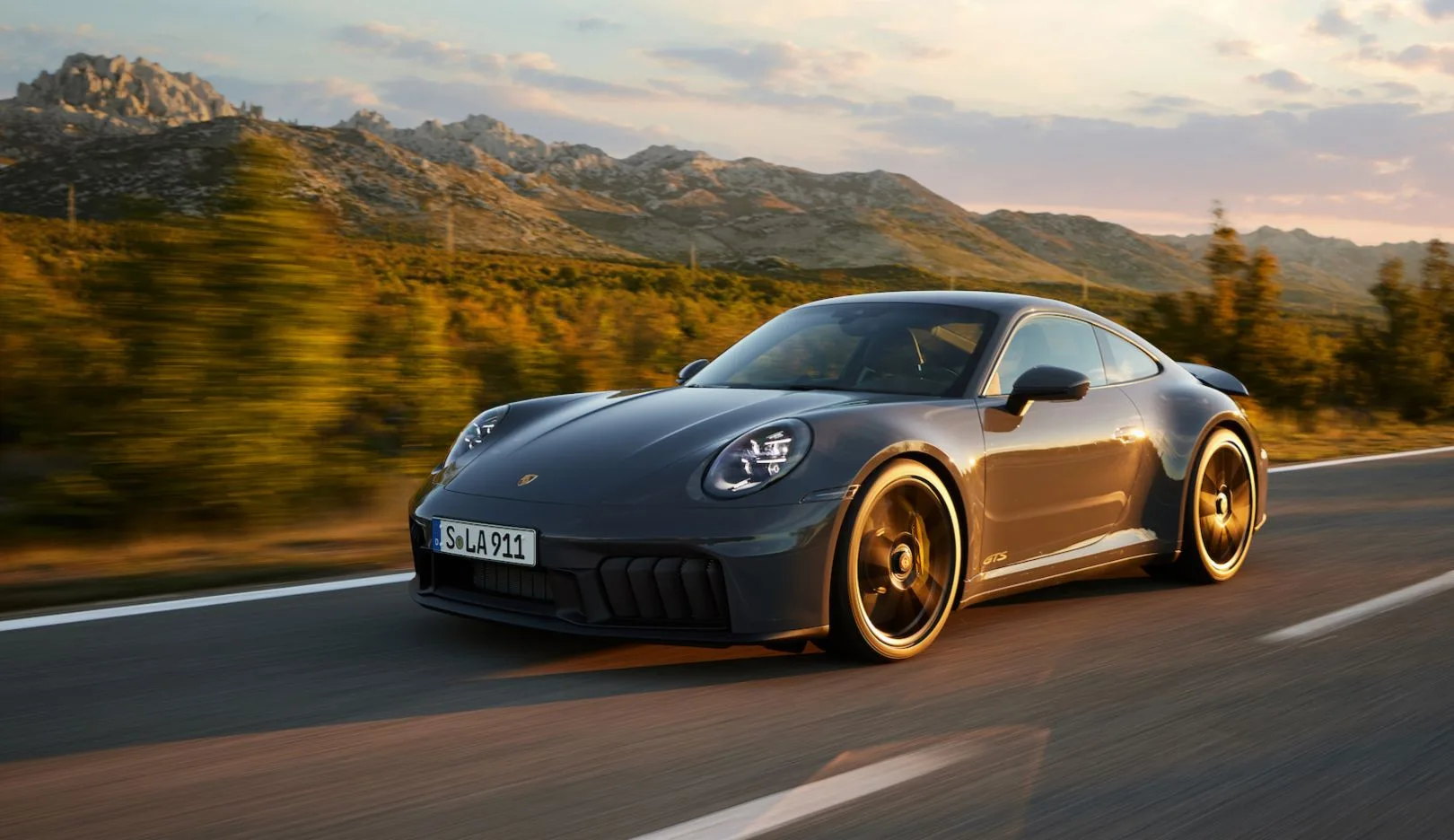
Although the 911 has always been expensive, older models offered immense performance at relatively accessible prices. Even in the 1980s and 1990s, 911 Turbos could outrun nearly anything else on the road.
These models proved that you could have the supercar experience—exotic styling, race-bred performance, and street credibility—without needing to spend a fortune. That legacy lives on in today’s most accessible supercars.
Modern Contenders: The Cheapest Supercars of 2025
So what are your options today if you want supercar performance without the ultra-premium price tag? Let’s look at the top contenders.
1. Chevrolet Corvette C8
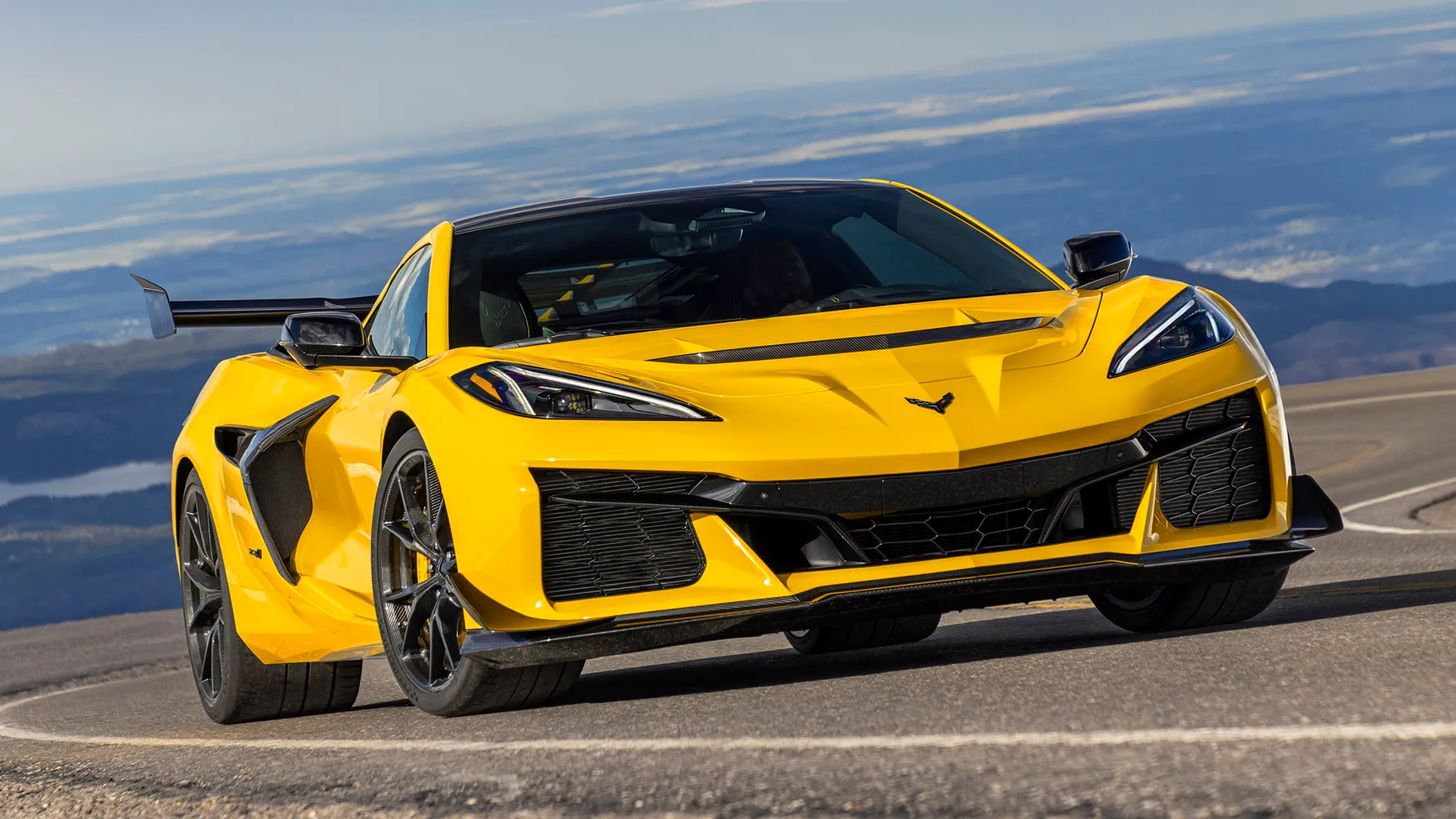
Starting Price: ~$69,000
0–60 mph: 2.9 seconds
Top Speed: 194 mph
When the eighth-generation Corvette (C8) was unveiled, it shook the automotive world. For the first time in its history, the Corvette adopted a mid-engine layout—a defining trait of traditional supercars.
The C8 offers blistering acceleration, exotic looks, and near-perfect weight distribution. Its naturally aspirated 6.2-liter V8 engine produces 495 horsepower and 470 lb-ft of torque. The performance-to-price ratio is simply unmatched.
Add in modern tech, luxurious interiors, and surprisingly good practicality, and the Corvette C8 is not just the cheapest supercar—it may be one of the smartest buys in automotive history.
- Porsche 911 Carrera
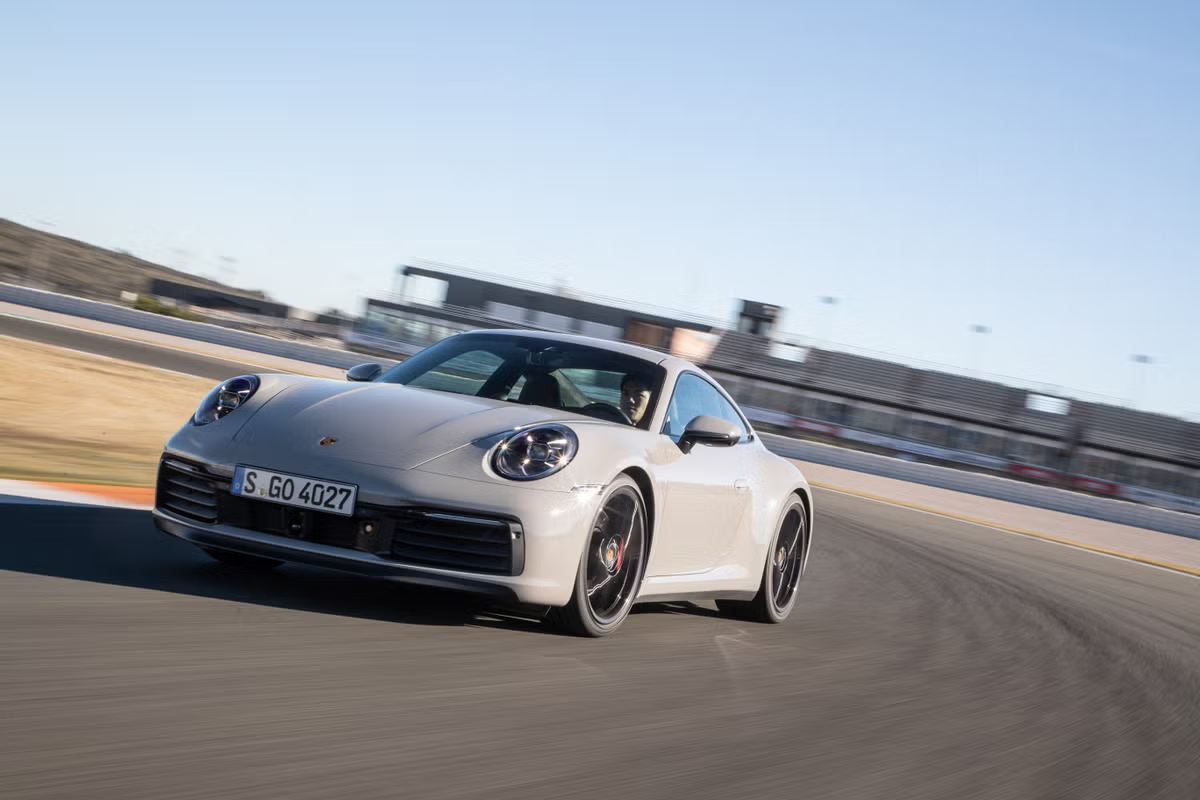
Starting Price: ~$115,000
0–60 mph: 4.0 seconds
Top Speed: 182 mph
The Porsche 911 has always walked the line between sports car and supercar. The base Carrera may be the entry-level 911, but it still delivers world-class performance, handling, and quality.
More refined than the Corvette, the 911 offers a more premium interior, German engineering, and a driving experience that’s as thrilling on a canyon road as it is on a daily commute.
With rear-engine dynamics, advanced tech, and timeless styling, the 911 Carrera is the supercar for grown-ups who appreciate precision over flamboyance.
3. Lotus Emira
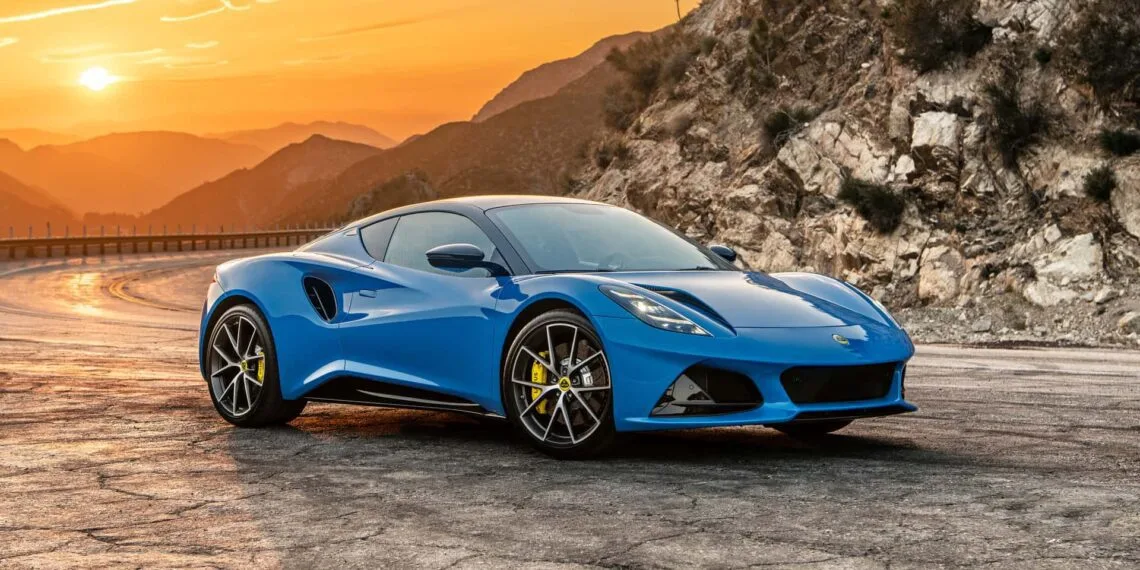
Starting Price: ~$85,000
0–60 mph: 4.2 seconds
Top Speed: 180+ mph
Lotus is a brand famous for its dedication to lightness and driver engagement. The Emira is the last combustion-engine car Lotus plans build — and it’s going out with a bang.
Featuring a supercharged V6 or AMG-sourced turbo-four, the Emira is a driver’s dream. Lightweight, balanced, and exotic-looking, the Emira feels like a Ferrari in miniature, at half the price.
It doesn’t have the brute force of the Corvette or the polish of the Porsche, but for pure driving thrill, it’s arguably the most fun of the three.
Honorable Mentions
Nissan GT-R
Once known as the “supercar killer,” the GT-R offers monstrous power and AWD grip. However, its aging platform and interior make it less appealing in 2025, especially at its ~$120,000 price point.
Audi R8 (Used Market)
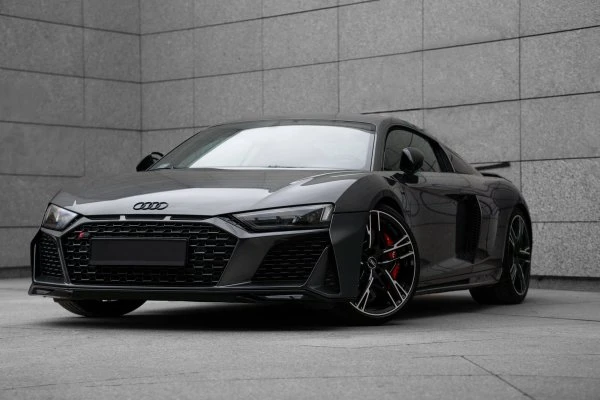
The V10-powered R8 is a true exotic, but new models are expensive. The used market offers bargains, though ownership costs remain high.
McLaren 570S (Used)
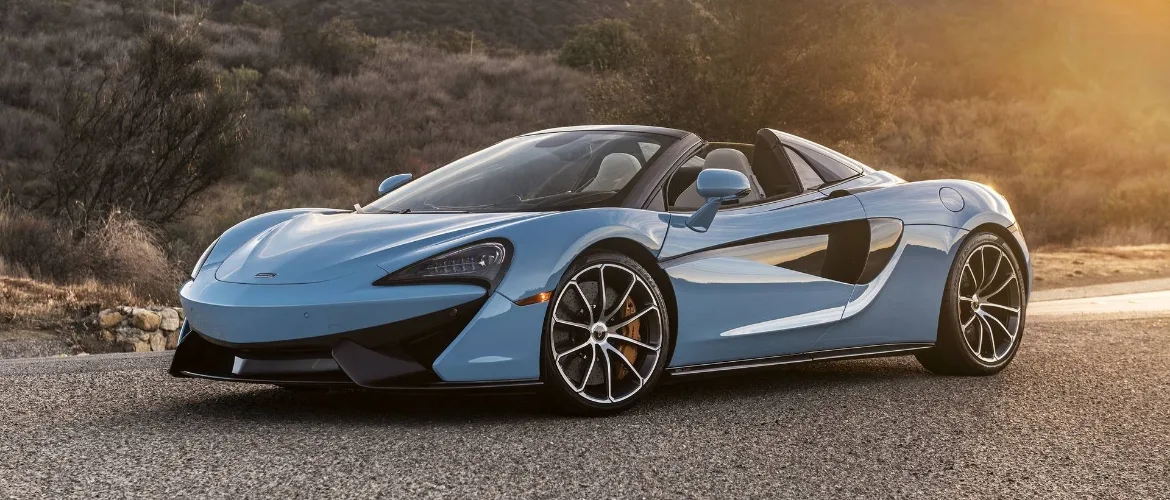
Lightweight and insanely fast, the 570S can be found on the used market for under $100,000 — but maintenance is extremely expensive.
The Used Market: Supercar Thrills for Less
Buying a used supercar is one of the most common paths to owning an exotic car for less. Depreciation hits high-end cars hard, allowing smart shoppers to pick up once-$200k cars for a fraction of their original price.
Pros:
- Get a high-end badge for less
- Higher-tier performance and styling
- Larger pool of choices
Cons:
- High maintenance and repair costs
- Outdated tech and safety features
- Potential reliability concerns
Examples:
- Ferrari F430 (now ~$90,000)
- Lamborghini Gallardo (~$100,000)
- McLaren MP4-12C (~$85,000)
These cars offer immense performance, but owners must be prepared for high upkeep costs. They’re not for the faint heart— — or light of wallet.
Cost of Ownership: The Hidden Expense
Even the “cheapest” supercar isn’t truly cheap once you factor in ownership costs.
1. Insurance
Supercars are expensive to insure due to their power, value, and repair costs. Expect premiums in the thousands annually.
2. Maintenance and Repairs
Tires, brakes, oil changes, and specialized servicing add up quickly. Even a Corvette can rack up significant costs over time.
3. Depreciation
New supercars often lose value quickly. While buying used can offset this, it introduces more maintenance risk.
4. Fuel and Taxes
Premium fuel, poor mileage, and higher registration costs are all standard.
Still, compared to million-dollar hypercars, today’s affordable supercars are far more manageable. And for many enthusiasts, the driving experience more than justifies the expense.
The Verdict: Corvette C8—The Cheapest True Supercar
Among the contenders, one car stands above the rest when it comes to combining price, performance, and accessibility: the Chevrolet Corvette C8.
Why It Wins:
- Mid-engine layout: Supercar DNA
- Price: Starts under unde70K— a bargain
- Performance: 0–60 in under 3 seconds
- Looks: Exotic styling that commands attention
- Everyday usability: Can be driven daily
While the Porsche 911 is more refined and the Lotus Emira is purer to drive, neither can touch the C8’s combination of price and performance. It delivers the thrills of cars twice its price—and it’s built in America, which helps keep maintenance costs down.
Conclusion: Living the Dream for Less
Supercars may always represent the height of automotive achievement, but that doesn’t mean they have to be unattainable. Thanks to advances in design, engineering, and global competition, the dream of owning a fast, beautiful, exotic machine is more achievable than ever.
Whether you’re chasing pure lap time, visual drama, or the joy of a back-road blast, today’s affordable supercars—especially the Chevrolet Corvette C8—offer an experience that rivals machines costing two or three times as much.
So no, you don’t need to be a millionaire to own a supercar. You just need to be smart—and maybe a little bold.
